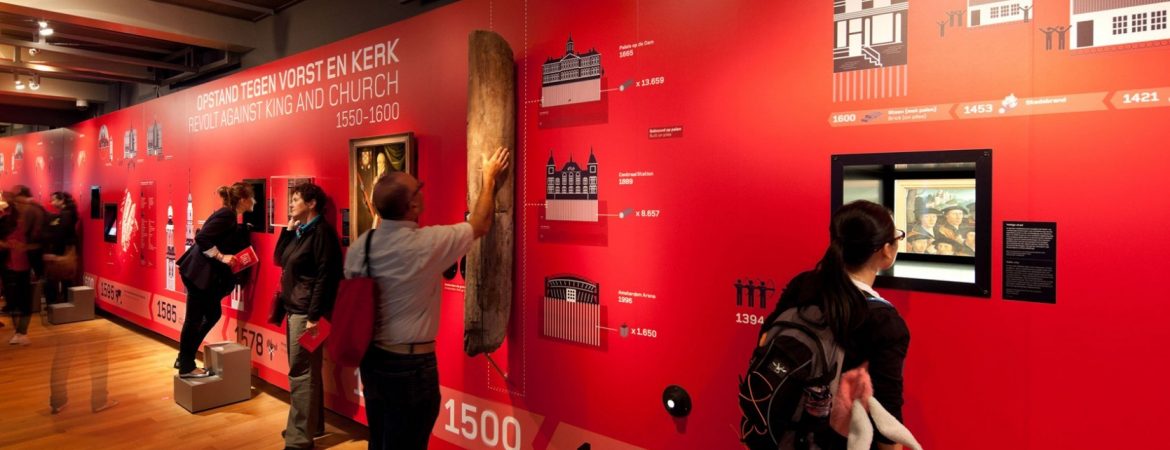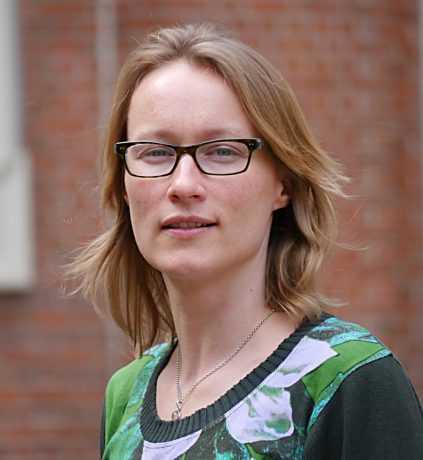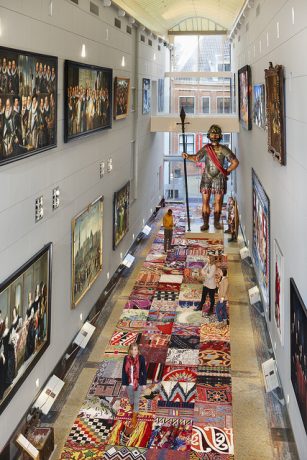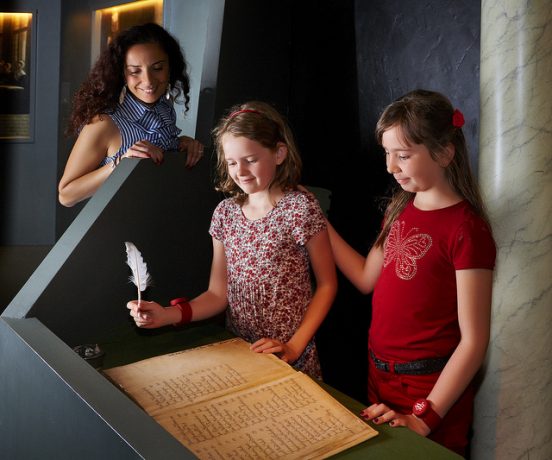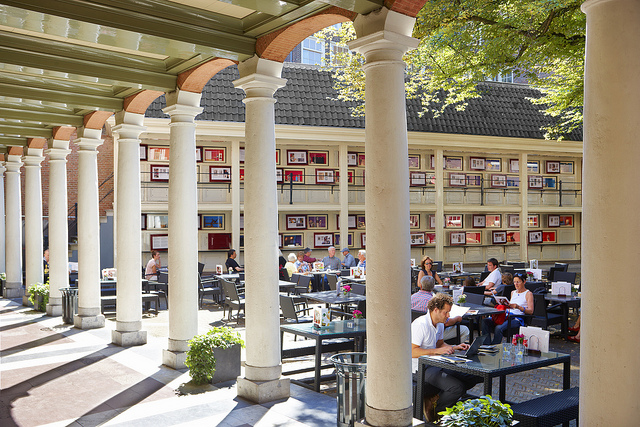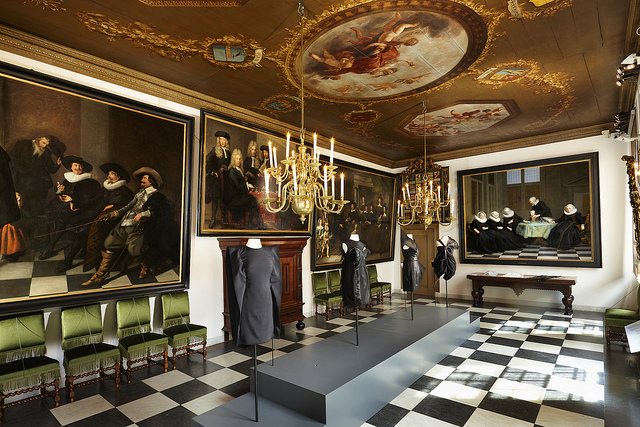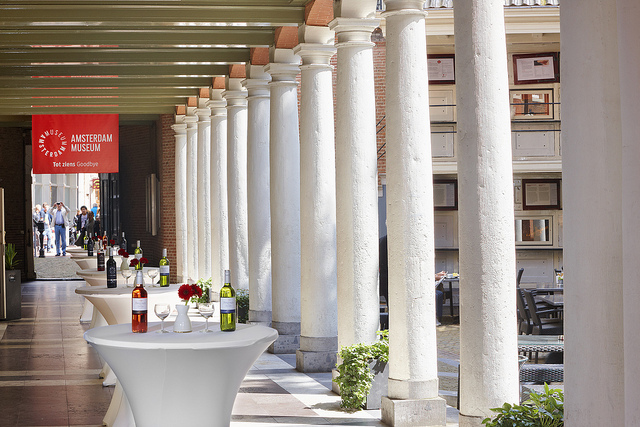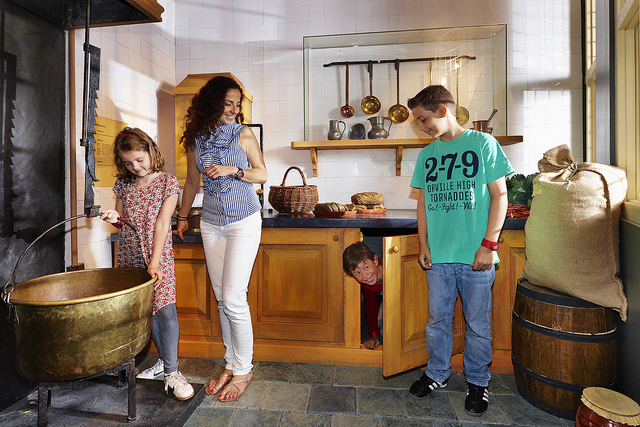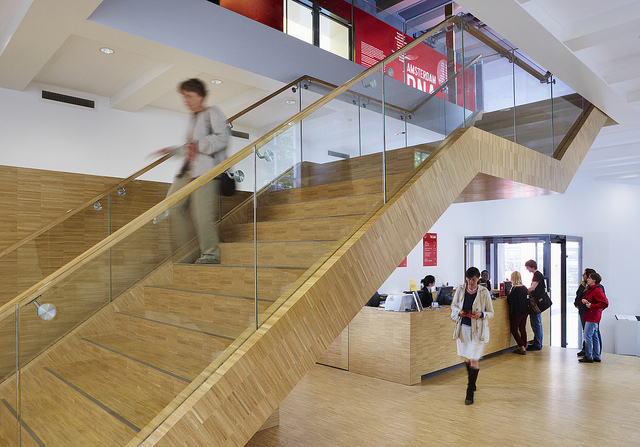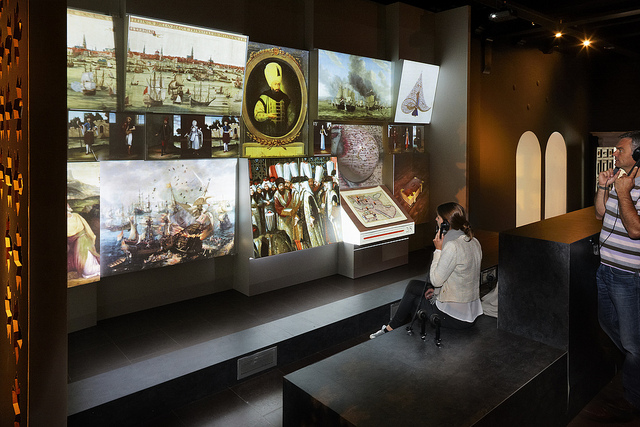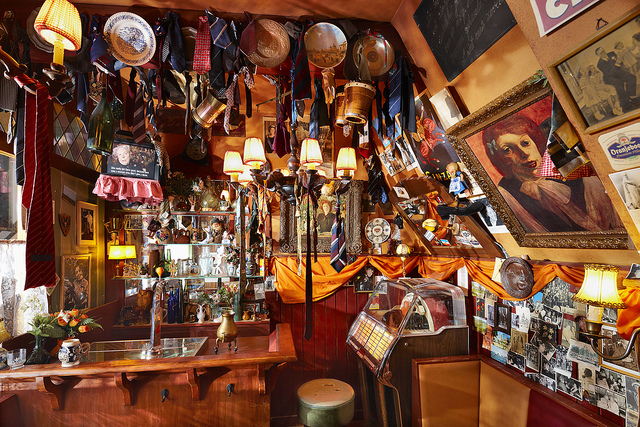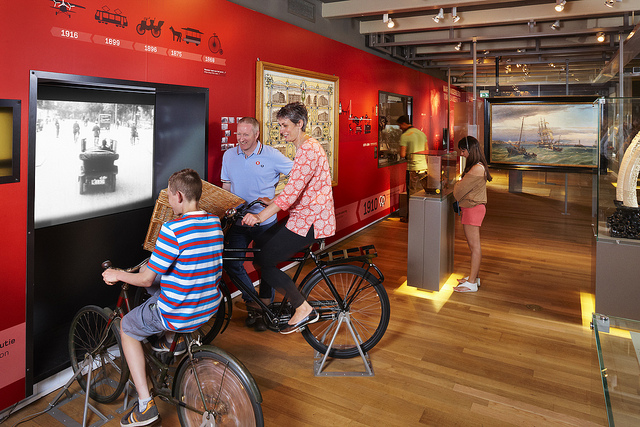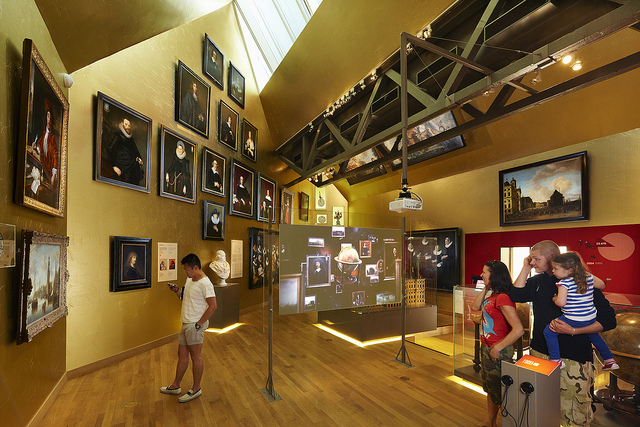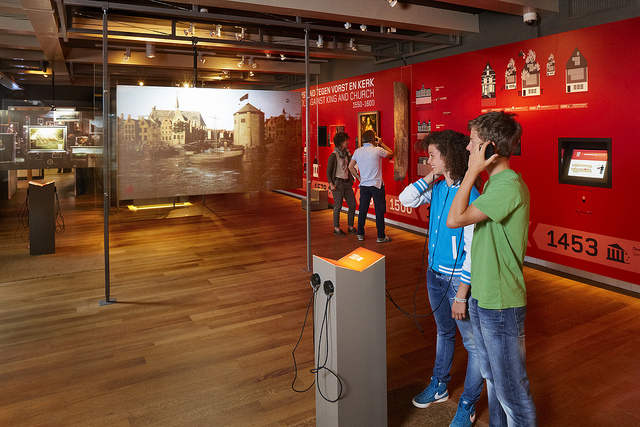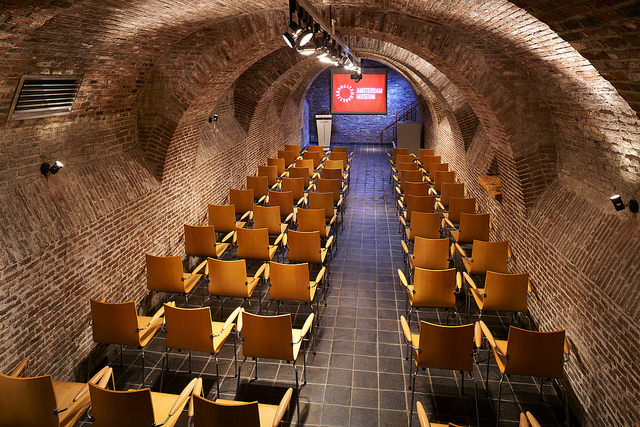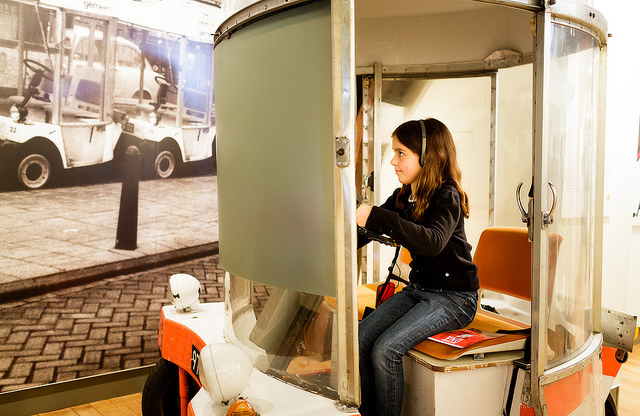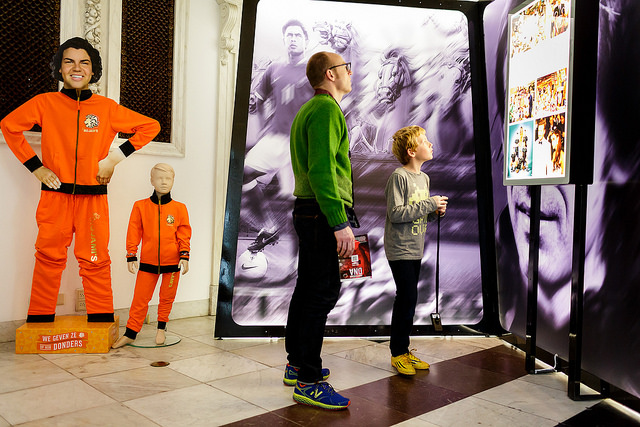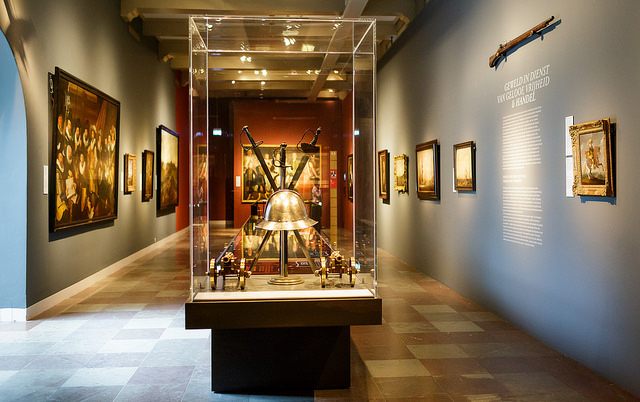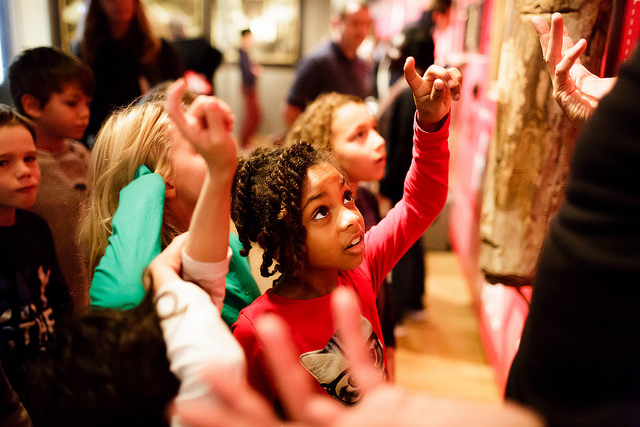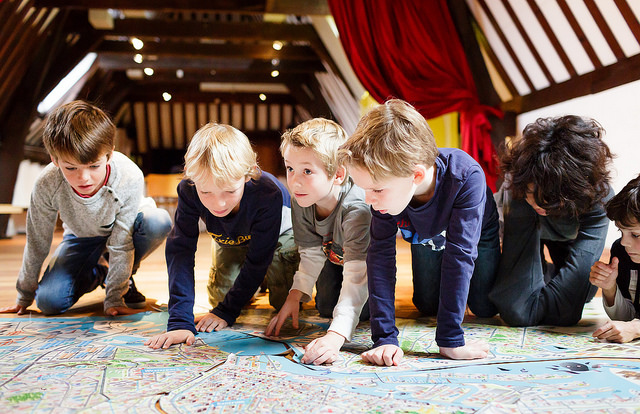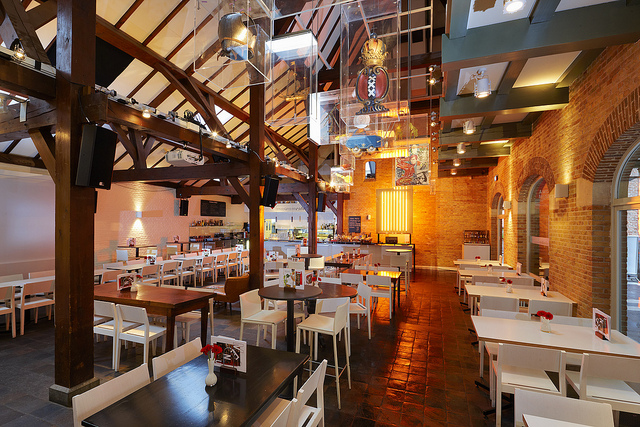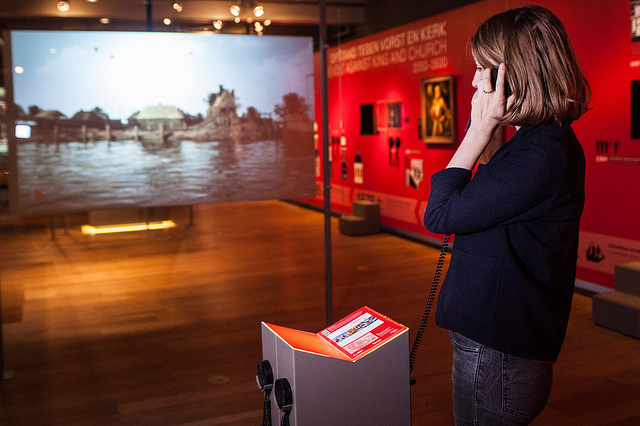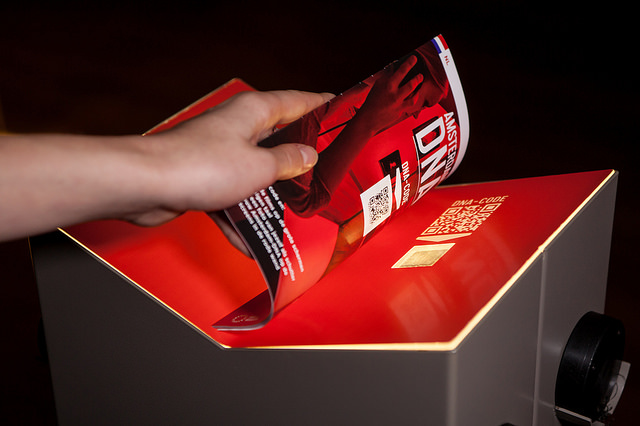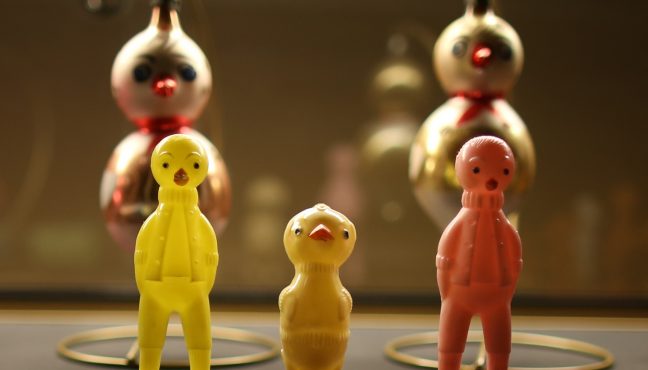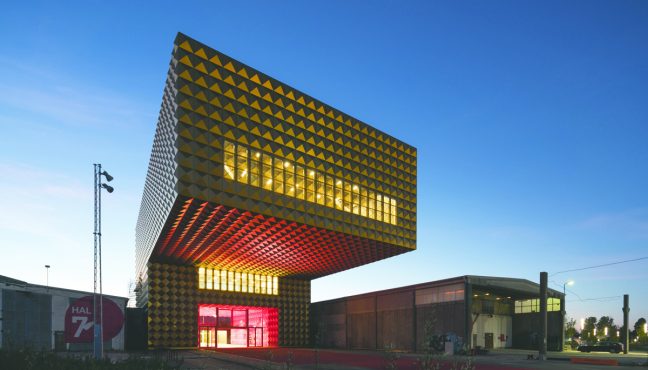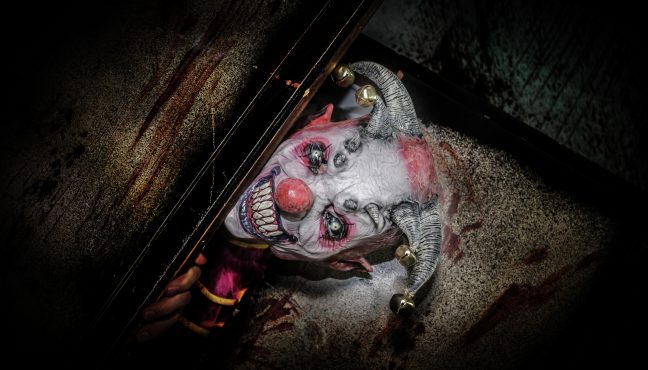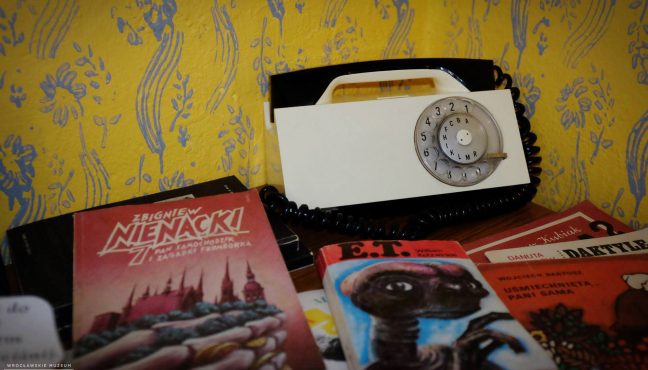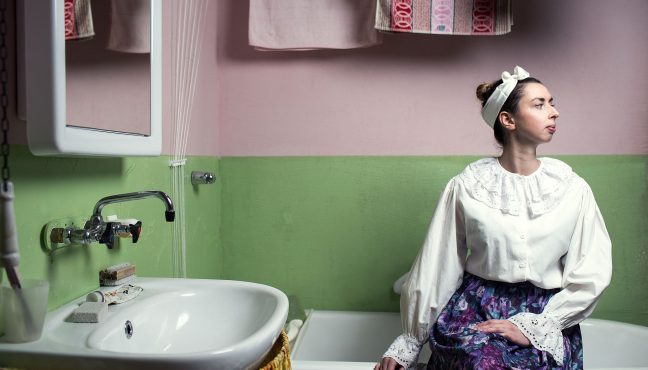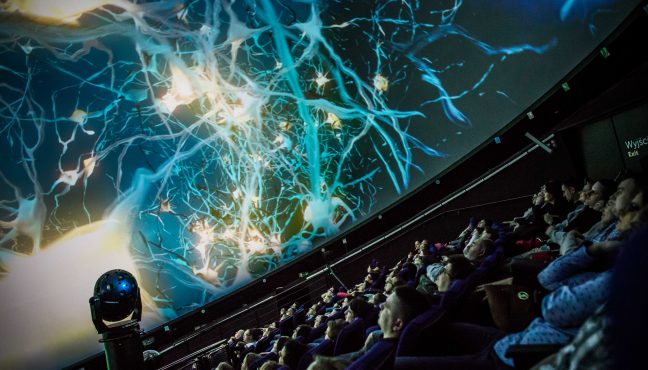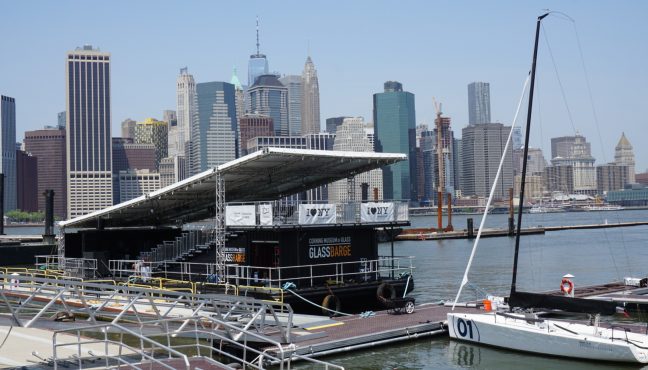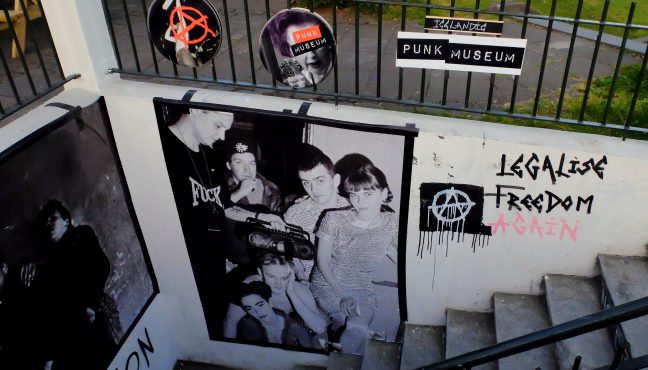Amsterdam Museum's exhibition "Amsterdam DNA" gives an exciting overview of the city's history. This exhibition is based on the four core values of entrepreneurship, free thinking, citizenship and creativity, and is divided into seven periods. Museeum spoke to Laura van Hasselt, curator of Amsterdam Museum, and learned about the process of creation of the exhibition "Amsterdam DNA". Laura also explained why such projects are important for museums today.
How did the museum come up with an idea of making this exhibition and what kind of research was made beforehand?
"The initial idea came from our former director Paul Spies. He wanted to offer something for tourists, who didn’t have a lot of time, who were interested to learn about the history of the city but were here only for a short time. That means offering people something that is small in size, but meaningful. That’s how we decided to split up the permanent exposition into a short tour and a part for a more in depth visit, which will be renewed in years to come. “Amsterdam DNA” was mainly made for international tourists, who in a very short time want to know about the history of the city, character of the city. Immediately technical question came in, because if the main target group is international, that means different languages. We’re always doing everything in 2 languages, Dutch and English. But in this case we wanted more, we wanted to be welcoming to people from everywhere".
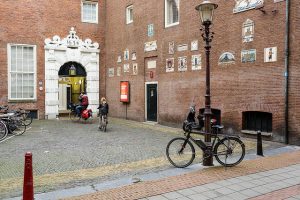
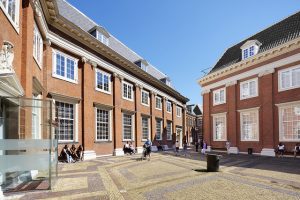
"The most important factual information about the history of Amsterdam was transformed into several very short films and voiceovers in 10 different languages were made. It has a big advantage over putting 10 texts on the wall. Image and sound always add so much to words".
"But how do you put 10 voice-overs to one film? We needed some technique with which everyone could easily find his or her own language. That’s how we start the exhibition - with a leaflet in which you can find the basic information on the exhibition, but there is also a QR code on the front. We made it in 10 languages: Dutch, English, French, German, Spanish, Portuguese, Chinese, Japanese, Russian, Italian".
"With this QR code you can scan your leaflet, the film will start in your language. This is the technique we’re using to reach out to the international audience, which we so far find very successful. It’s more welcoming and you make it easier for people to look and explore. That’s what you really want people to do in the museum – to look. But also to understand, what you’re looking at. These films help to place all the objects in the context. Some of the objects are very important art historical works, but some are just history, like an old shoe. We always try to find the balance between history and art, like I think most city museums do".
Who were the participants of the research: mainly the team of the Amsterdam museum, or were there other specialists?
"For the content, it was mainly the team of the Amsterdam museum. My colleague Norbert Middelkoop is an art historian. We, together with the director, were responsible for the content. We also had an advisor, an honorary curator, Piet de Rooij, who used to be professor at University of Amsterdam. We did all these films with an external company, which specializes in animation. There was also an education specialist, who really helped us. Sometimes someone has to say stop, to say that it goes too much into detail. In this case it was extremely important, because we set ourselves the limit – 1000 years of history in 45 minutes. How do you do this? By constantly limiting yourself, by making really difficult choices, what to show and what not to show, because we have a big collection of 90 000 objects? We knew that we could only place a fraction".
"We wanted to tell a big story in a short period of time for people, who don’t know a lot yet. You can’t expect the first time visitors to know about our religious revolutions or some specific names. So we really had to go to the core, to choose what is necessary", - Laura van Hasselt.
"For example, the Second World War. Some museums in Holland are only about the war. In this exhibition we have about 16 sq meters devoted to it. So we thought that if we have to choose one thing, which people should know about the Second World War in Amsterdam, it will be that 3 quarters of Jewish population was taken away and murdered. This doesn’t mean that there were not another million stories to tell about this period, but we tried to focus on the major ones and to show very few but very meaningful objects. We thought it’s a way of making people think. Looking at history of this thousand years, things were going really well for Amsterdam at some point. When the four characteristics, civic virtue, freedom of thought, creativity, spirit of enterprise, are evidently there, things go well for Amsterdam. They might be are our ideal DNA and in the exhibition you can find little reminders about this DNA".
"Objects from the collection are part of short films. Films make the objects more meaningful. We start every film with an object, which is placed nearby. Also in the exhibition we have a timeline, which also refers to other places in the world. We really focus a lot on Amsterdam, but we didn’t want people to forget that we’re part of the bigger world".
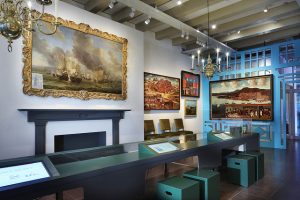
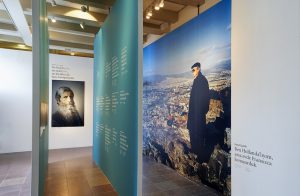
"There is an installation made with very old technique called “Pepper’s ghost”. It’s a very old technique used by the first illusionists. It’s a projection through the glass. Because of the glass, there is a reflection. It’s like if you see these people who were filmed, walking on a real landscape. We did this on the Amsterdam slave plantations in Surinam. It’s a very important subject. Amsterdammers were big slave traders, which is not a very convenient topic to talk about, because we prefer to talk about our Golden Age. So we thought it’s very important to include this theme. However we didn’t have very important objects, which could have helped to tell the story. In that case it was really useful to use a technique, which draws people to it. We noticed there are always people watching it".
In the next part of the exhibition we wanted to talk about the French occupation of Amsterdam from 1795 and it’s mixed message, because French people have brought us ideas on equality and for instance our first constitution. However they were also occupiers. They completely emptied the treasury and after they left, Amsterdam was very poor. So it’s a mixed message too. French people also introduced standard measures all over Europe. In the DNA exhibition you can try to guess if you know how long the meter is. You have to place your hand where you think is the mark of the meter. It’s another technique we use in order to involve people in the museum activities".
"Nearly everything you see in the DNA exhibition is from the collection of Amsterdam museum. We also got a few long-term loans. We are using the painting of the building site from 19 hundreds for the film about how the city was growing. It’s a very good work of art by one of our most important painters, but sometimes art historians think that it’s not respectful to use a painting like this to tell the history. In the exposition we have a bicycle. When you start to pedal, you can see the film about Amsterdam, as if you’re biking through the city in the modern times, but when you click the bell, you go back to 1920s.
In the last room of Amsterdam DNA we tried to do the impossible – to describe the whole period from 1945 till now. There are several small screens with the films on major events. Information about drugs is also included. We needed to include it, because people sometimes come up with strange ideas about drugs in Amsterdam, so we needed to explain people more about the drug policy.
